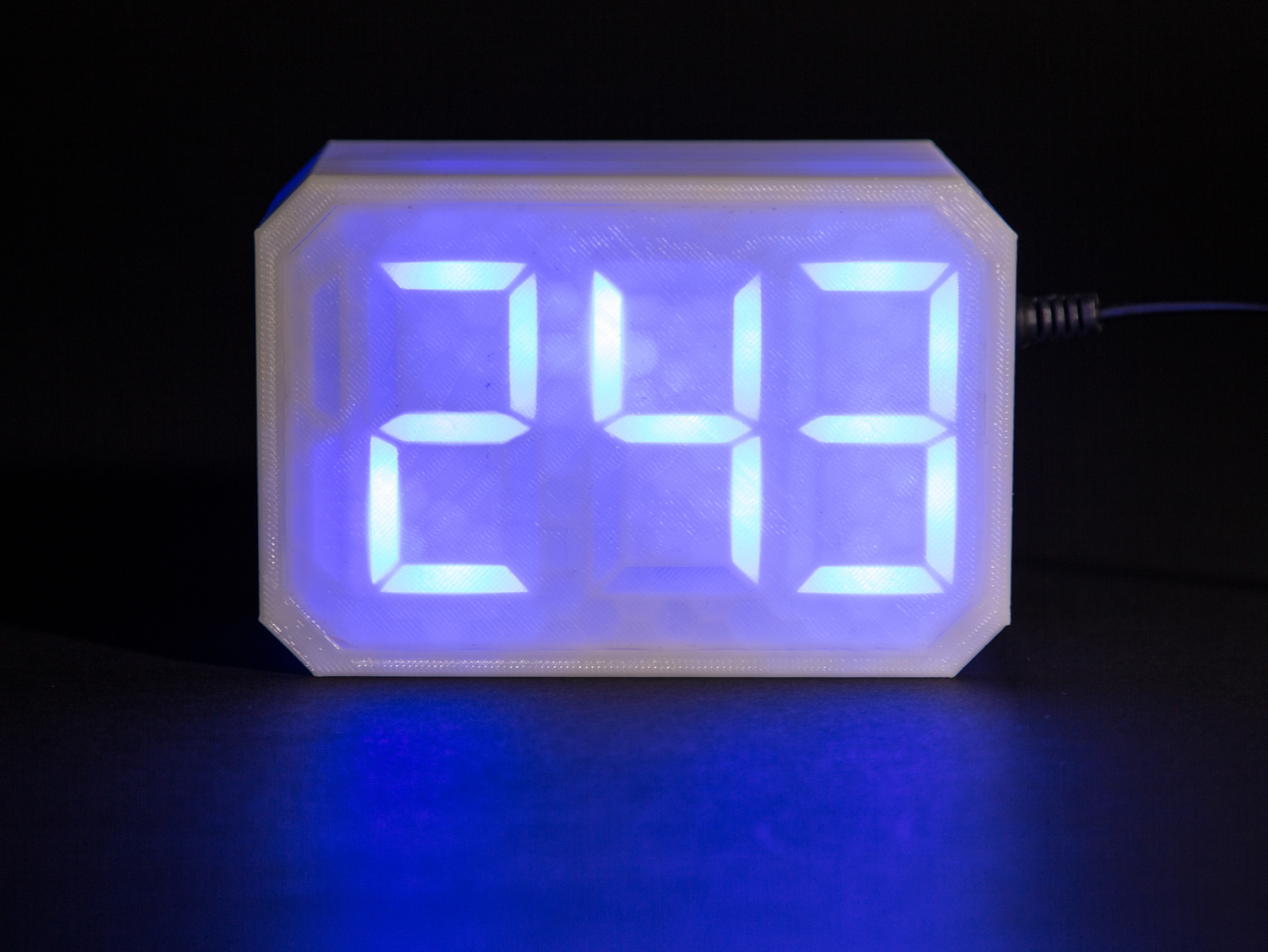If there’s one thing none of us have enough of, it’s time. Tracking the time we do have has been a goal of many great inventors — and building your own clock is practically a rite of passage as a Maker.
By the 1300s, we were creating accurate mechanical clocks with the invention of the escapement. But even the best pendulum clock would lose time aboard a rocking ship, rendering it useless for navigation. In 1714 the British government offered a reward to anyone who could devise an accurate shipboard clock, and in 1761 John Harrison’s Marine Chronometer finally met the test — over the course of 10 weeks it was only off by 5 seconds.
The first electric clock was patented in 1840 and the first quartz-timed clock built in 1927. Advances in solid-state electronics in the 1980s made it possible for quartz clocks to spread throughout the world. Mechanical clocks live on as decorative or luxury time pieces (a Rolex still has gears), but the humble seven-segment LED clock is now everywhere: your car, your cable box, your microwave.
In honor of the world-conquering LED clock, I’ll show you how to use a 3D printer to build your own jumbo-sized seven-segment LED desktop clock. It glows beautifully from within, and it’s even more enjoyable when you tell your friends you made it yourself.




